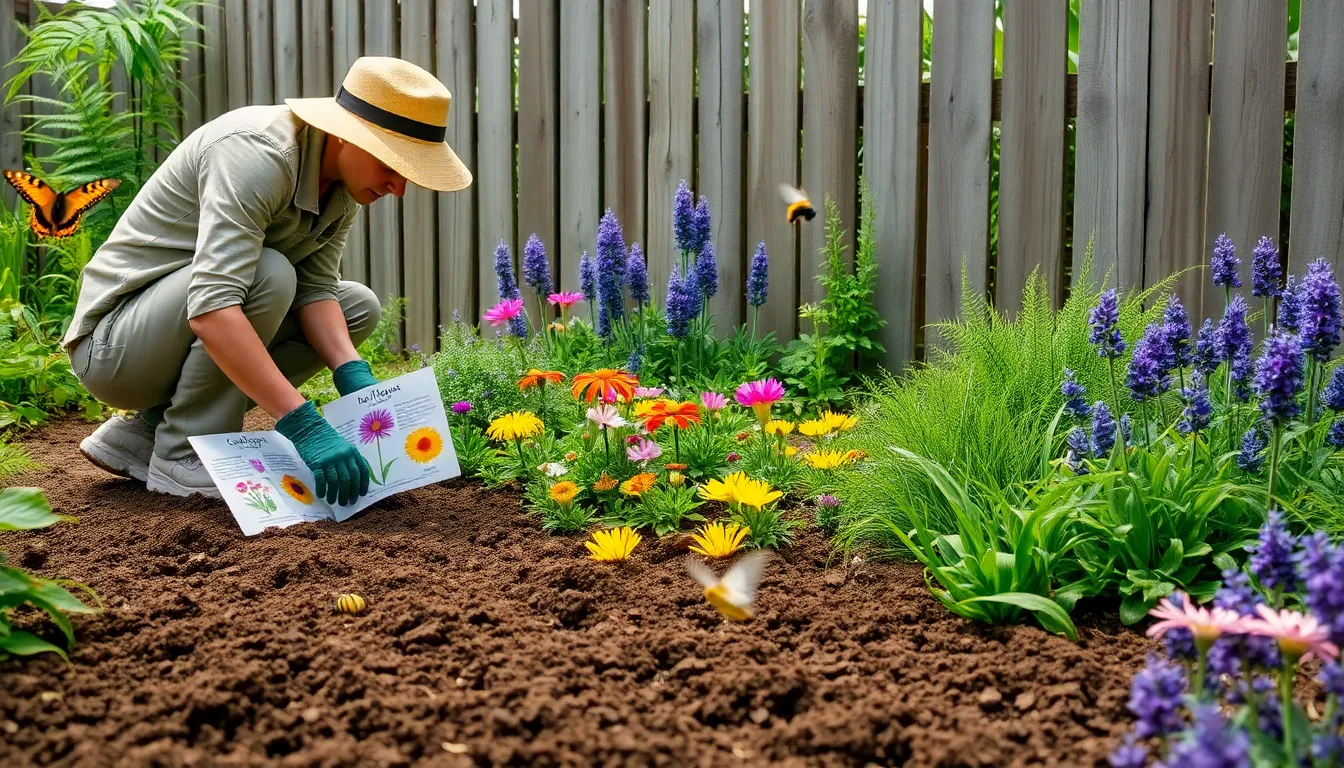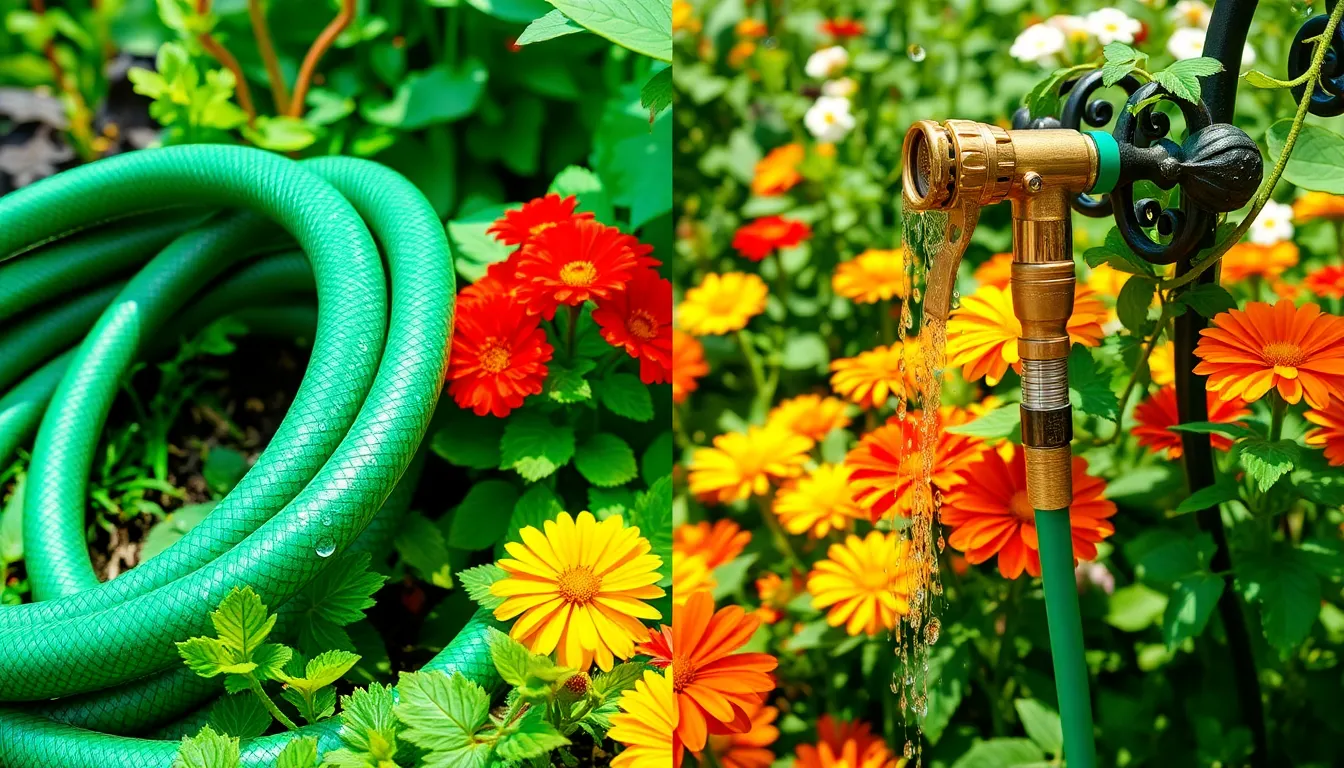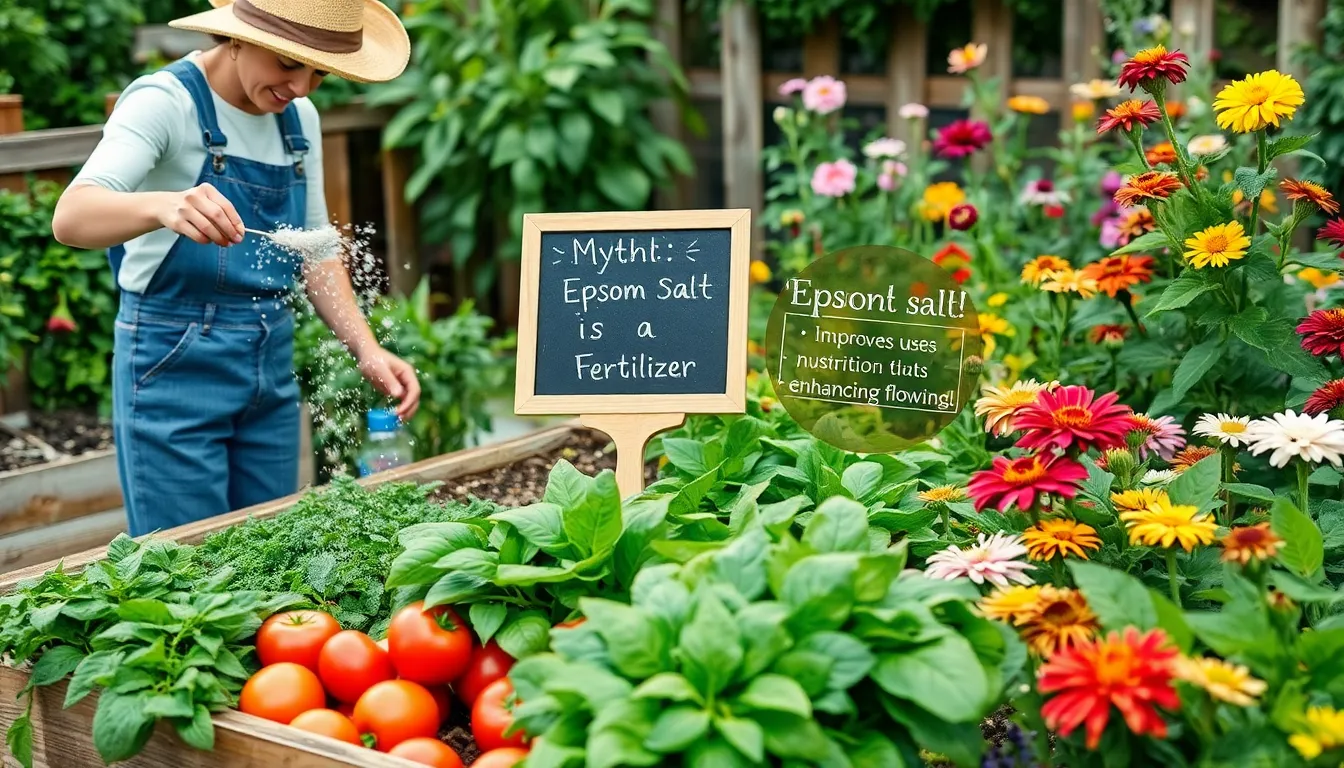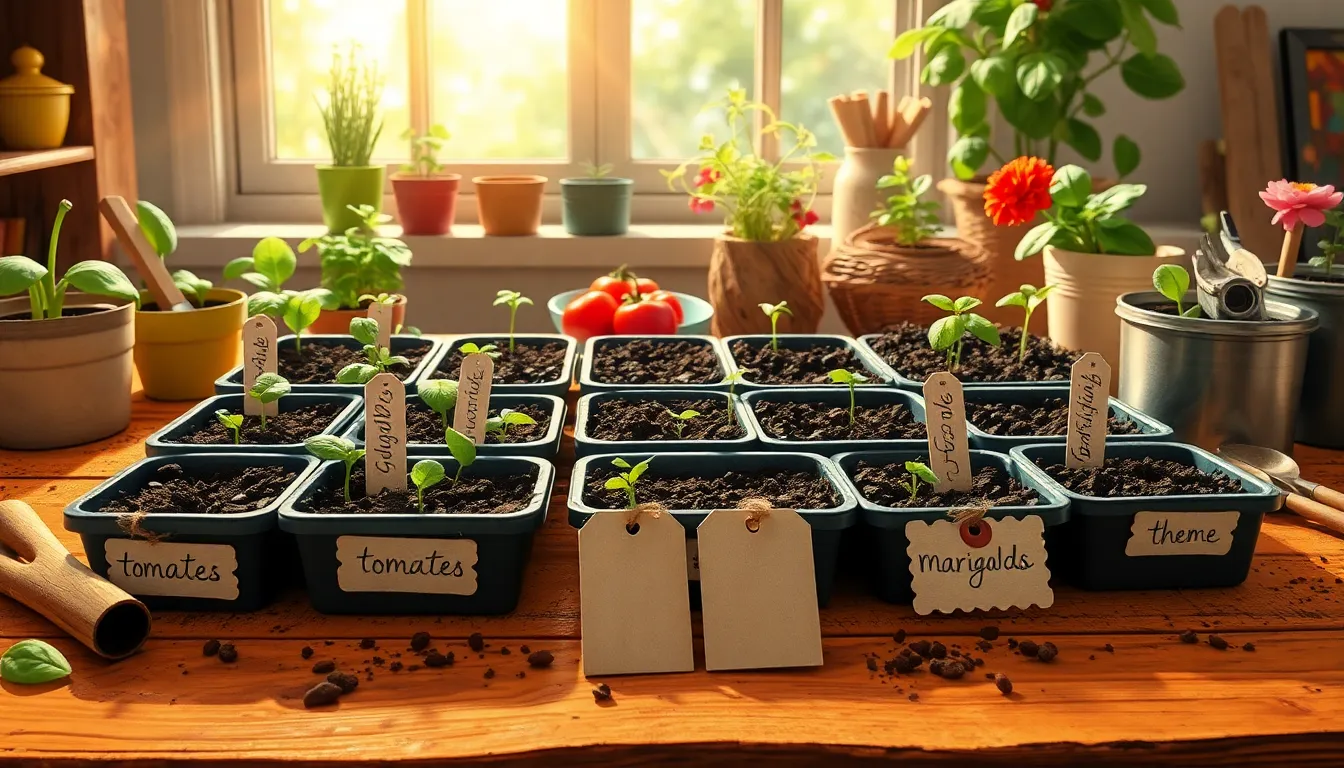Imagine stepping into your garden and being greeted by a vibrant tapestry of colors, where bees and butterflies dance amidst a sea of wildflowers. Creating a wildflower garden is not only a feast for the senses but also a gift to nature, offering a sanctuary for pollinators and a sustainable landscape that transforms any green space into a living masterpiece. Whether you’re a seasoned gardener or just beginning your journey, planting a wildflower garden is an exciting endeavor that blends art with ecology in the most charming way.
In this guide, we’ll explore the essential steps to cultivate your own wildflower haven, from selecting the right seeds to nurturing your blooms through the seasons. With practical tips and expert advice, you’ll discover how to design a garden that suits your climate, soil, and personal aesthetic. Embrace the joy of watching your garden flourish with minimal maintenance, as wildflowers are wonderfully resilient and often thrive in conditions where more delicate plants may struggle. Join us as we delve into the enchanting world of wildflower gardening, where every bloom tells a story and every gardener, regardless of experience, can find their green thumb.
Select Native Wildflower Seeds
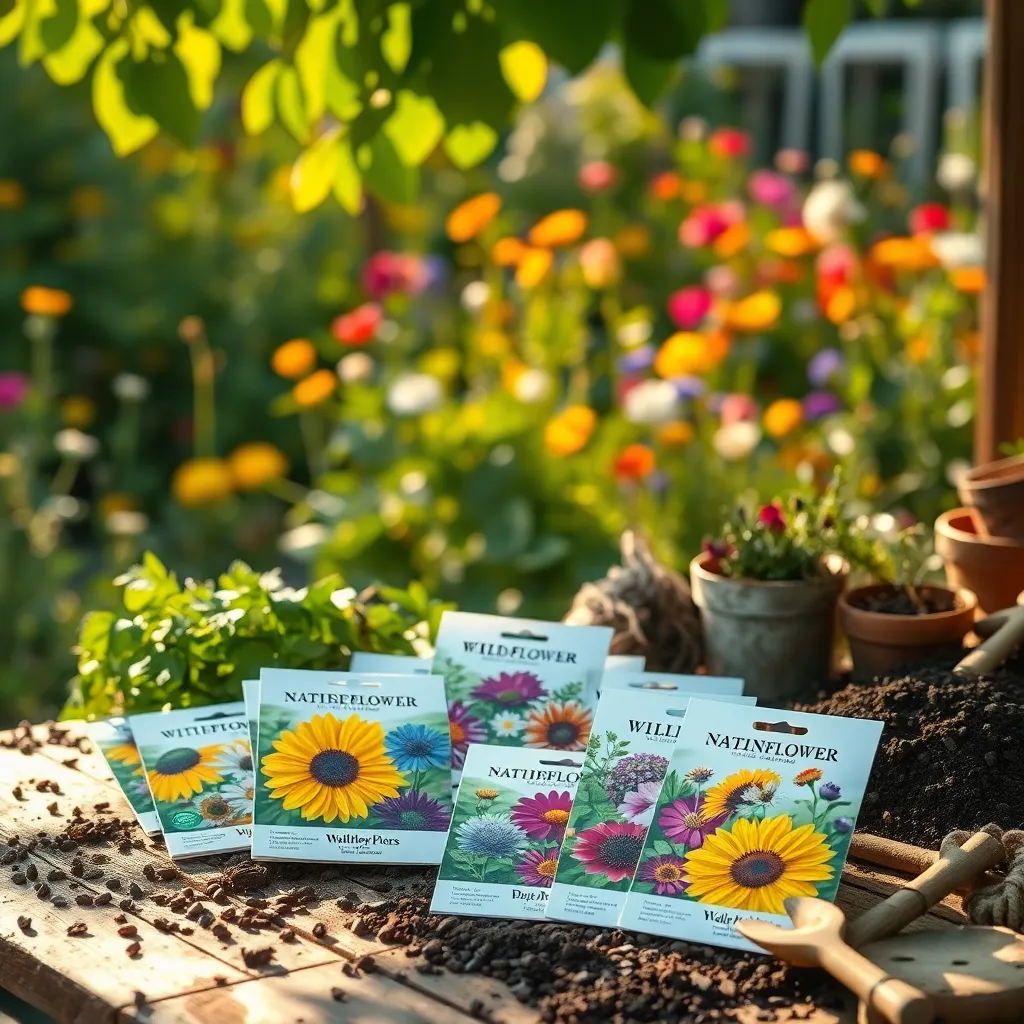
Choosing the right native wildflower seeds is crucial for a thriving garden. Native plants are well-adapted to local climates and soil conditions, making them easier to care for and more resilient against pests.
Begin by identifying the specific conditions of your garden, such as soil type and sunlight availability. This information will help you select wildflower seeds that are best suited to thrive in your environment.
Consider diversity when selecting seeds to ensure a robust and continuously blooming garden. A mix of annuals and perennials can provide both quick color and long-term blooms.
For beginners, start with easy-to-grow varieties like Black-eyed Susan or Purple Coneflower, which are hardy and adaptable. These options can tolerate a range of soil types and require minimal maintenance once established.
Advanced gardeners might experiment with more specific varieties like Butterfly Weed or Wild Bergamot, which attract beneficial pollinators. These species may require more precise conditions, such as well-drained soil and full sun, but reward the effort with vibrant blooms and increased biodiversity.
- Test your soil pH and texture to better match wildflower species to your garden conditions.
- Consider planting seeds in the fall, as many native wildflowers benefit from winter stratification.
- Regularly monitor moisture levels, especially during germination, to ensure seeds don’t dry out.
Prepare the Planting Site
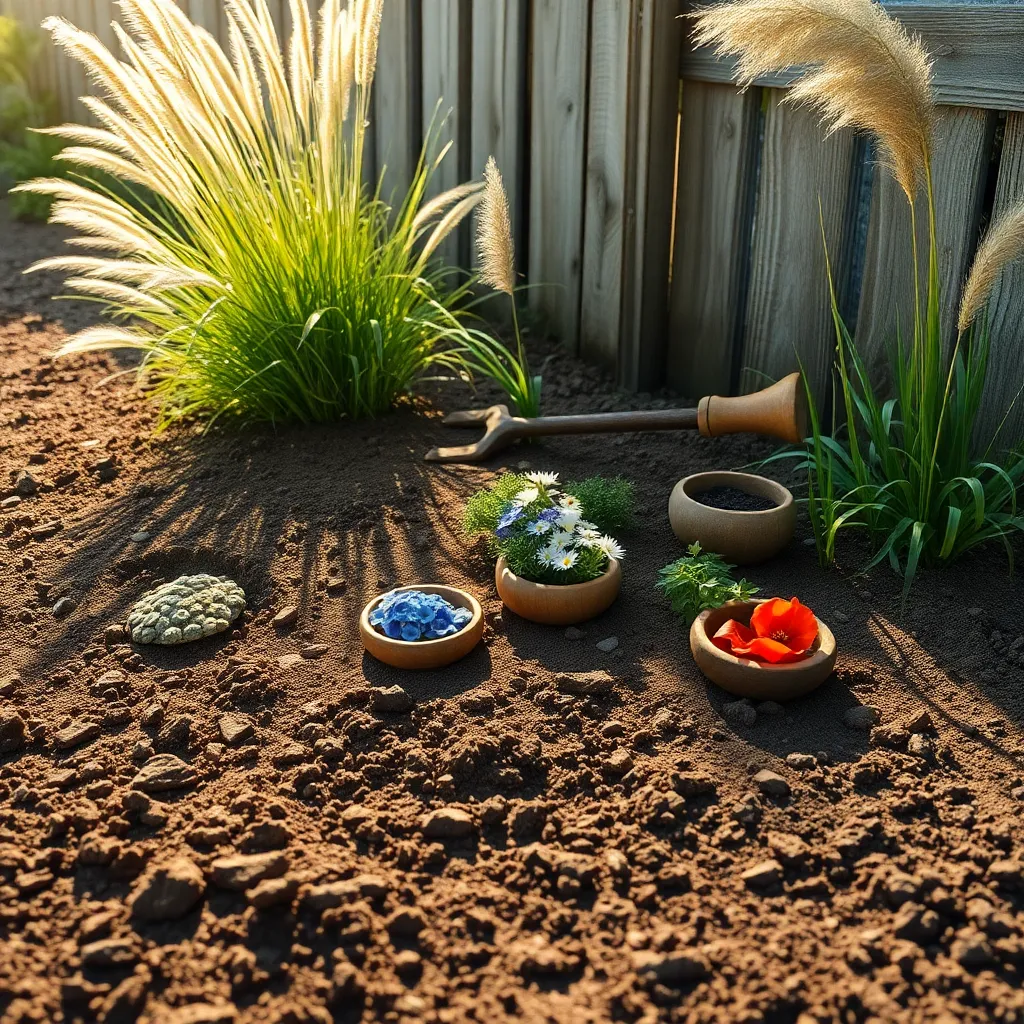
Before sowing your wildflower seeds, it is crucial to prepare the planting site properly to ensure optimal growth. Begin by choosing a location that receives at least six hours of sunlight per day, as most wildflowers thrive in full sun.
Clear the area of any existing vegetation to prevent competition for nutrients and water. You can achieve this by using a shovel or hoe to remove grass, weeds, and any other plants from the soil surface.
Once the area is clear, it’s time to improve the soil quality, which is a key step in promoting healthy wildflower growth. If the soil is compacted, use a garden fork or tiller to loosen it to a depth of about 12 inches, ensuring better root penetration.
Adding organic matter is highly beneficial, especially if your soil is poor in nutrients. Incorporate well-rotted compost or aged manure into the soil to enhance fertility and improve drainage, providing an ideal environment for wildflower seeds.
For those dealing with clay or sandy soils, consider amending the soil to improve its structure. Mix in some sand to clay soils to improve drainage, or add organic material to sandy soils to increase water retention.
Water your prepared site lightly before sowing to ensure the soil is moist but not waterlogged. This moisture will help the seeds adhere to the soil and start germinating quickly after planting.
Sow Seeds Evenly in Soil
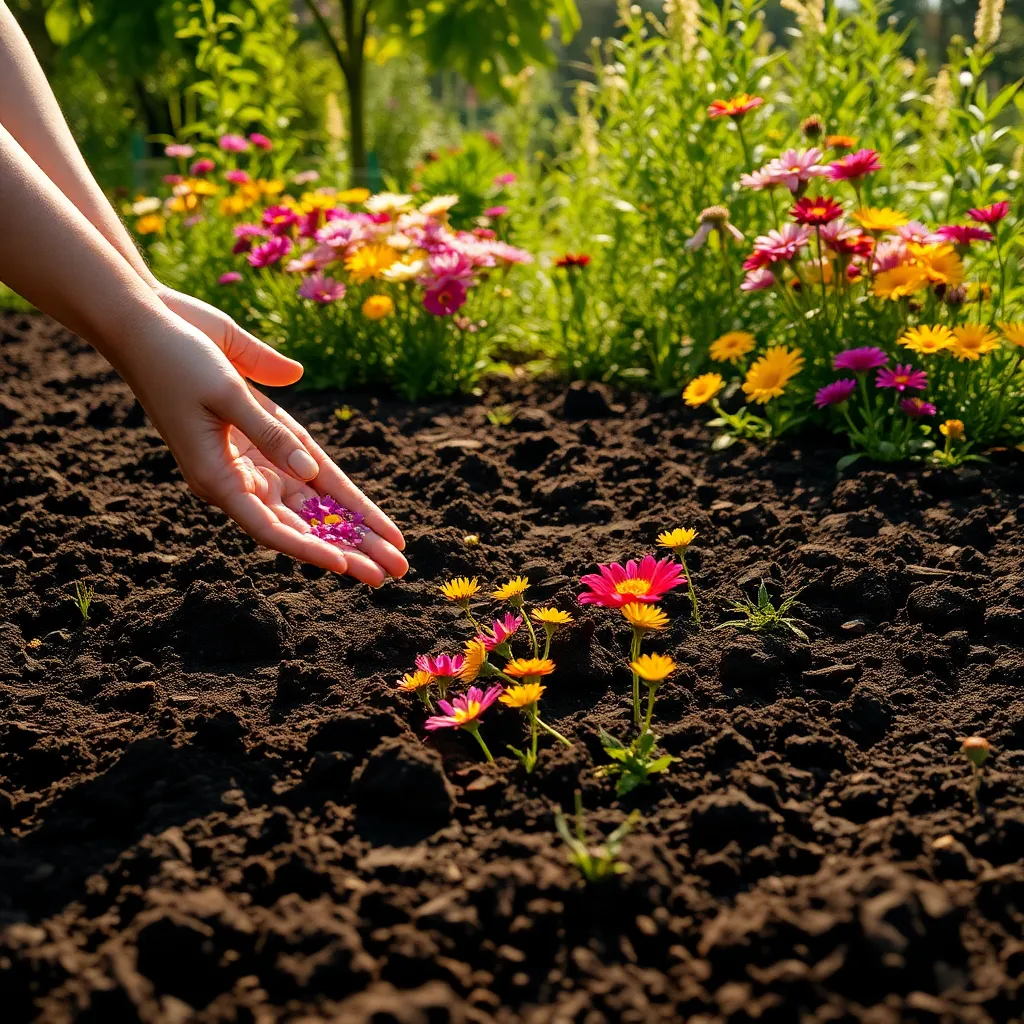
After preparing your planting site, the next step is to sow your wildflower seeds evenly across the soil. To achieve an even distribution, mix the wildflower seeds with sand or fine soil in a 1:3 ratio, which helps you see where the seeds are landing as you scatter them.
Using a handheld spreader or your hands, lightly scatter the seed mixture over the prepared soil surface. Ensure you cover the entire area evenly to avoid patches of dense or sparse growth, which can lead to uneven blooming.
For beginners, it’s helpful to divide your planting area into sections and sow seeds in each section separately. This method helps ensure a more uniform coverage and easier tracking of which areas have been seeded.
Once the seeds are spread, gently press them into the soil using a board or by walking over the area with a flat-soled shoe. Avoid burying the seeds too deeply; wildflower seeds typically need light to germinate, so a light pressing will suffice.
Experienced gardeners may consider using a seed roller for larger areas, which can help press the seeds into the soil evenly. Water the seeded area lightly but thoroughly to ensure good soil-to-seed contact, which is crucial for germination.
Continue to keep the soil moist, especially during the germination phase, which can take anywhere from 7 to 30 days depending on the species. Regular, gentle watering is important, as allowing the soil to dry out during this time can hinder seedling growth.
Water Seeds Gently and Regularly
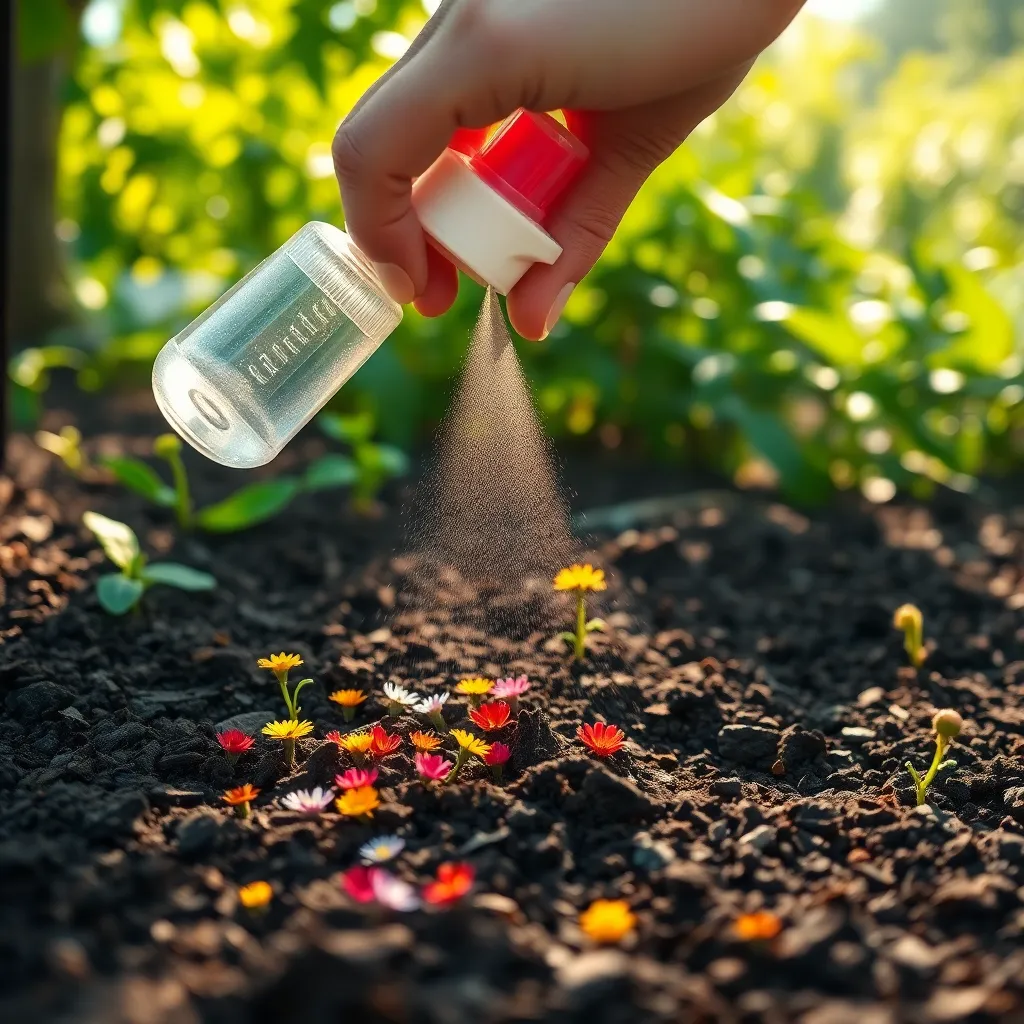
Once your wildflower seeds are sown evenly across the soil, the next step is to water them gently and regularly. Use a watering can with a fine rose attachment or a gentle spray from a hose to avoid disturbing the seeds.
It’s crucial to keep the soil consistently moist during the germination period. Aim to water the seeds daily or every other day, depending on the weather conditions and soil type.
Ensuring the soil remains damp, but not waterlogged, will promote healthy seed germination. If your garden is in a particularly sunny or windy location, you may need to increase the frequency of watering to prevent the soil from drying out.
As seedlings emerge, continue to water them regularly but reduce the frequency slightly as their roots develop. Transition to watering every few days, ensuring the top inch of soil remains moist without becoming soggy.
For those looking to refine their watering technique, consider installing a drip irrigation system. This advanced method delivers water directly to the soil, minimizing evaporation and ensuring efficient water use as your wildflower garden grows.
Monitor Growth and Weed Control
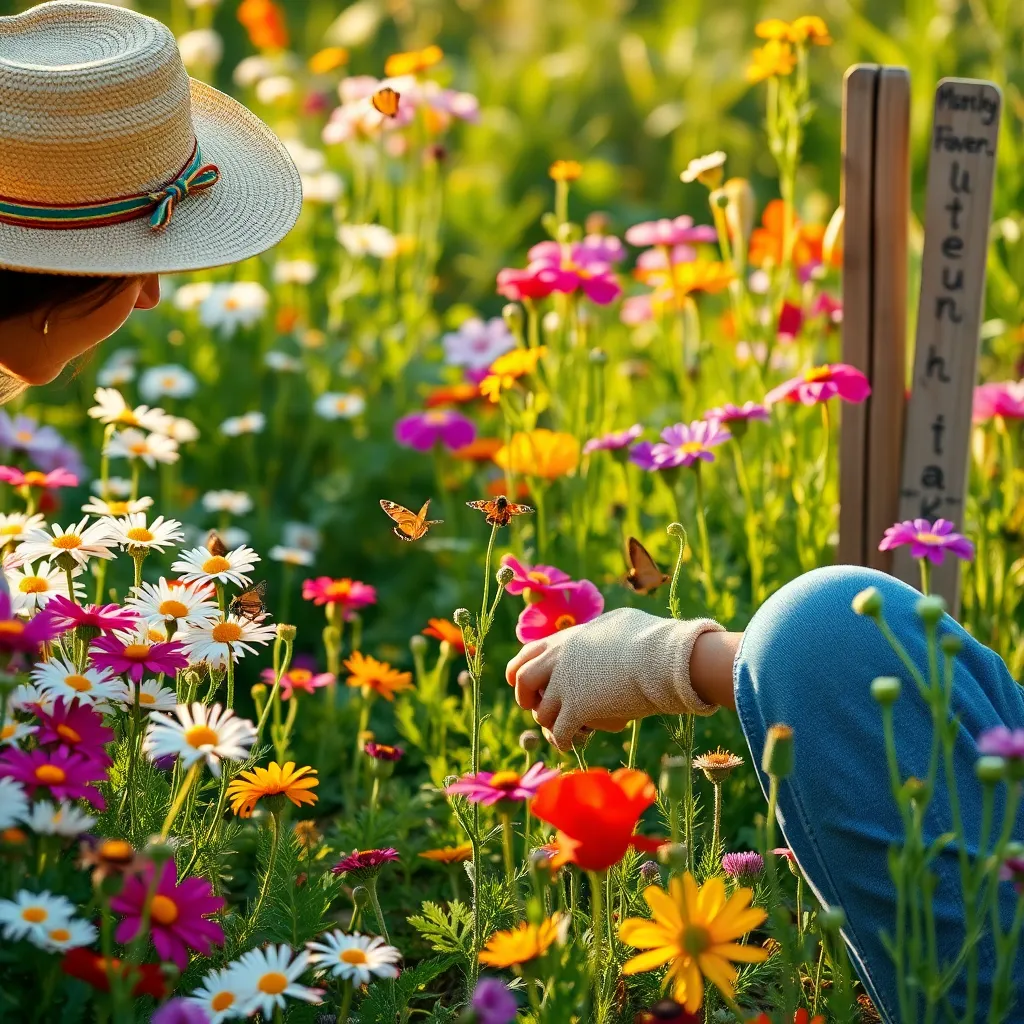
Regular monitoring of your wildflower garden is essential to ensure healthy growth and prevent issues early. Check your garden weekly, paying close attention to the progress of your plants and any potential problems like pests or diseases.
Start by observing the height and spread of your wildflowers, as well as their leaf color and texture. Healthy plants should show vibrant colors and steady growth; if you notice any discoloration or stunted growth, it may be time to adjust your care routine.
Weed control is crucial in a wildflower garden to prevent competition for resources. Use hand-pulling as a method to remove weeds, ensuring you get the entire root to prevent regrowth.
Mulching can be an effective way to suppress weeds while also retaining soil moisture. Apply a layer of organic mulch about two to three inches thick around your wildflowers, being careful not to cover the stems directly.
For those with larger gardens, consider using a hoe to manage weeds efficiently. Practice this after a light rain when the soil is moist, making it easier to remove weeds without disturbing your wildflowers.
Conclusion: Growing Success with These Plants
In nurturing a vibrant wildflower garden, we’ve uncovered five essential relationship insights: patience, diversity, nurturing, adaptability, and consistent effort. Patience reminds us that relationships, like gardens, require time to bloom. Diversity teaches us the value of different perspectives and strengths, fostering a richer connection. Nurturing emphasizes the importance of care and attention in growing love. Adaptability highlights the need to embrace change and grow together. Lastly, consistent effort ensures that relationships, like gardens, thrive over time.
Now, take a moment to reflect on one area where your relationship could use a little more “gardening.” Whether it’s dedicating more quality time, appreciating differences, or adapting to changes, choose one actionable step you can take today.
Save this article as your go-to guide for relationship cultivation. Bookmark it now to remind yourself of these nurturing principles whenever you need a little encouragement.
As you continue to plant seeds of love, remember that your relationship has the potential to flourish beautifully. By embracing these wildflower garden principles, you’re not just tending to your relationship today but setting the groundwork for a thriving partnership in the future.

